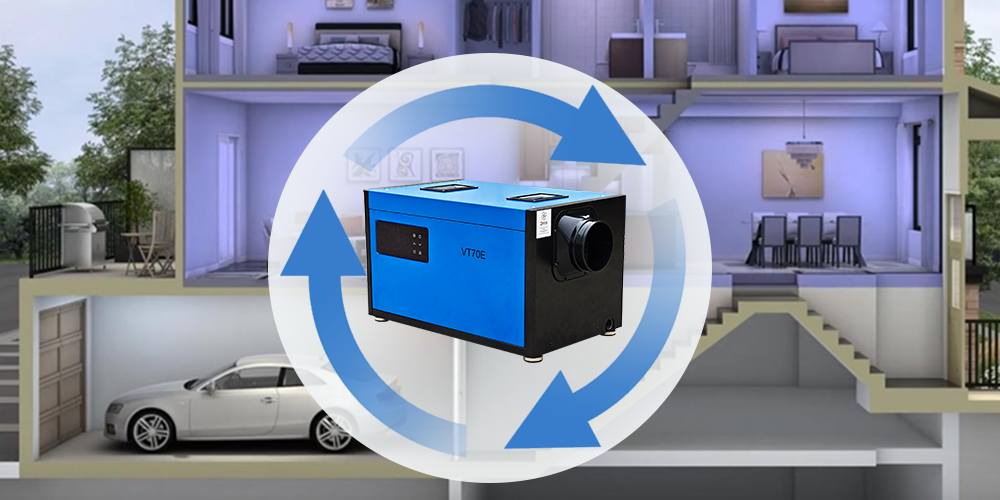Views: 4 Author: Site Editor Publish Time: 2025-10-29 Origin: Site







A dehumidifier can absolutely be added to an HVAC system, and it’s often one of the best ways to control indoor humidity efficiently and automatically. Here’s how it works and what to consider.
When integrated into an HVAC system, the whole-house or commercial dehumidifier connects to the ductwork.
It pulls humid air from the return ducts, removes moisture, and sends the dried air back into the system or directly into the supply ducts.
This setup allows the HVAC and dehumidifier to work together, maintaining ideal temperature and humidity at the same time.
Return-to-Supply Configuration
Applying an HVAC system with a dehumidifier is the most common method.
The dehumidifier draws air from the return duct and sends dry air into the supply duct.
Dedicated Intake + Supply
Ideal for large homes or commercial setups.
The dehumidifier has its own intake grille and blows dry air into a central area or the return duct.
Consistent comfort
A home dehumidifier prevents the "sticky" feeling even when the temperature is cool.
Mold and mildew prevention
A dehumidifier is great for basements, crawl spaces, and humid climates.
An under home dehumidifier protects furnishings and electronics from moisture damage.
Energy savings
A dehumidifier allows the HVAC to cool more efficiently because drier air feels cooler.
Professional installation is required. It involves ductwork modification and wiring into the HVAC control system.
Choose the right capacity (measured in pints/day) based on the home's square footage and climate.
Ensure proper drainage — the dehumidifier must have a continuous drain line or condensate pump.
Add a humidistat for automatic humidity control.
Season: | Recommended Humidity: |
Summer | 45–55% RH |
Winter | 35–45% RH |